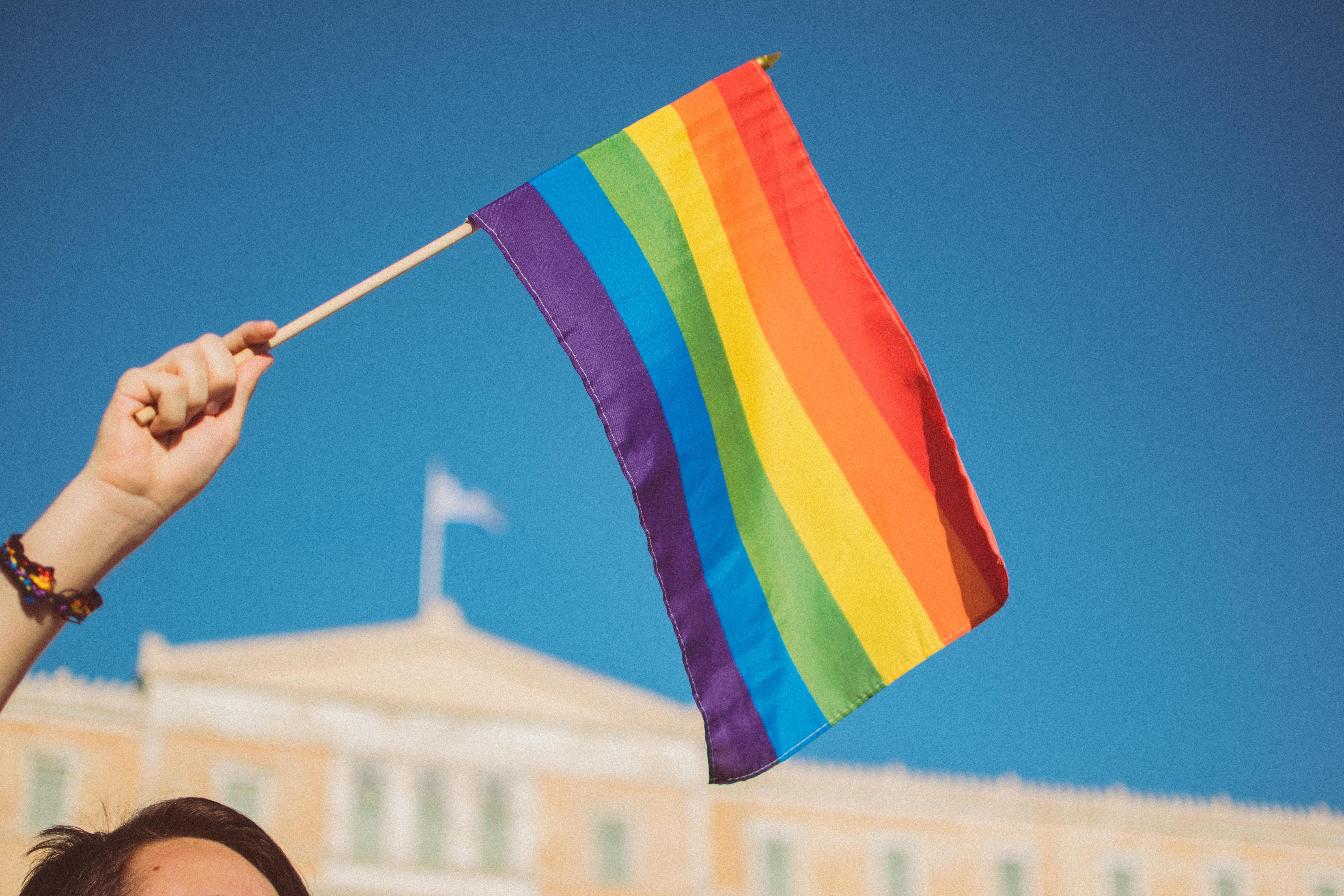
What causes people to buy from OTAs?
Today millions of travelers around the globe use Online Travel Agencies (OTAs) to plan their leisure and business travel. OTAs are getting popular among travelers even though there are still people who prefer travel agents expertise instead. Although, OTAs evolved their introduction in the 1990s, the corona pandemic provided new and exciting opportunities for them […]

Sharing economy – five things everyone in the tourism business should know
The sharing economy has grown its popularity as a phenomenon in the past ten years a lot. Still, it is surprising how hard the definition is or how academics are finding the same issues which need further research. Defining sharing economy (from now on SE) is difficult since it has many other names such […]

How a starting tourism business creates customer value by adopting digital marketing technology?
How a new tourism business creates customer value by adopting digital marketing technology? Everybody is online today and everybody is expecting all the noteworthy and legitimate running businesses to be there as well. If the consumer can not find your online presence the chances are your business goes unnoticed. Even worse it builds an image […]

How has technology influenced the rise of LGBT tourism?
What is LGBT tourism all about? LGBT tourism is the process of tourism product and service development and marketing that caters the needs of lesbian, gay, bisexual or transgender people. This specific segment of tourism provides opportunities to select destinations, accommodations, transport, events and so on, which are LGBTQ+ friendly. These create options […]

Experiences and digitalization – where are we going?
It’s all about experiences these days, isn’t it? They are constantly discussed in the field of tourism, and with other industries as well, but do we actually know what it is about the idea of experience that in the end intrigues the customer enough to make a purchase decision? No, we cannot know that. Why? […]

Self-employed Business Owner: Why Learning Basics of Digital Marketing Saves you Money while Growing your Business?
Are you preparing cottage rooms for next guests? Driving dog sledge through low-lying arctic hills? Preparing dinner for a group of visitors? If you’d take less than 10 minutes of your time to read through this blog post, I can promise you’ll be even busier after few months’ time. So, do you have time to […]

How information technology can help in customer relationship
The customer comes first. Classy saying, right? Surely that guideline, or perhaps a cliché, creates some kind of thoughts in your head. Do you consider it important? Customer relationship is also such a classic term in the business world. Well, that for sure is essential! However, which elements in customer relationship matter the most for […]